Mexico City, one of the most populous cities in the world , is facing a serious water crisis.
Alejandro Gomez has been without water for more than three months, often getting just a bucket or two for a few hours, then going without water for days. Gomez, who lives in the Tlalpan district of Mexico City, does not have a large water tank, so he cannot get water from a truck. Instead, he and his family find ways to conserve and conserve water. Every time they shower, they collect the water to flush the toilet.
“We need water, water is essential for everything,” he said.
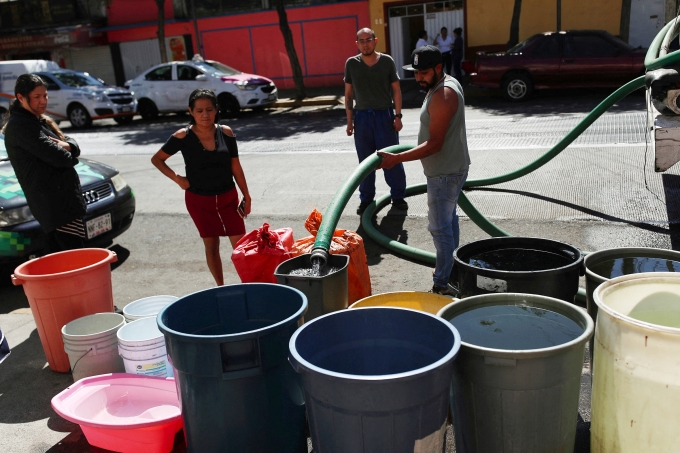
People collect water from a truck in the Azcapotzalco neighborhood of Mexico City on January 26. Photo: Reuters
Water shortages are not uncommon in the neighborhood, but this time is different. "Now, it's hot. It could be more serious, more complicated," Gomez said.
Mexico City, a sprawling metropolis of nearly 22 million people, is facing a severe water crisis, stemming from a range of problems including geography, unplanned urban development, poor infrastructure, and the impact of climate change.
Years of unusually low rainfall, a long dry season and heatwaves have put additional pressure on a water system already struggling to meet growing demand. Officials have been forced to limit the amount of water drawn from reservoirs.
“Some neighborhoods have been without water for weeks and the rainy season is still four months away,” said Christian Domínguez Sarmiento, an atmospheric scientist at the National Autonomous University of Mexico (UNAM).
Politicians are trying to ease public anxiety about the crisis, but some experts say the situation is dire and Mexico City could run out of water in some areas in the coming months.
Mexico City sits on what was once a lake bed. Built on clay soil, the city is sinking and is prone to earthquakes and climate change. It is not the ideal place for a modern megalopolis.
Wetlands and rivers have been replaced by concrete and asphalt. In the rainy season, the city floods and in the dry season, the land is barren.
About 60% of Mexico City’s water supply comes from the aquifer, but over-exploitation of this water has caused the city to sink at a frightening rate, more than 50 cm per year. The aquifer is not being replenished fast enough, as rainwater runs off the city’s hard, impermeable surface instead of seeping into the ground.
The rest of the water is drawn from outside sources. This inefficient process results in 40% of the water being lost. The Cutzamala Water System, a network of reservoirs, pumping stations, canals and tunnels, supplies about 25% of the water for the Valley of Mexico, the region that includes Mexico City. But severe drought has affected this water source. Currently, the network is only 39% full, the lowest level on record.
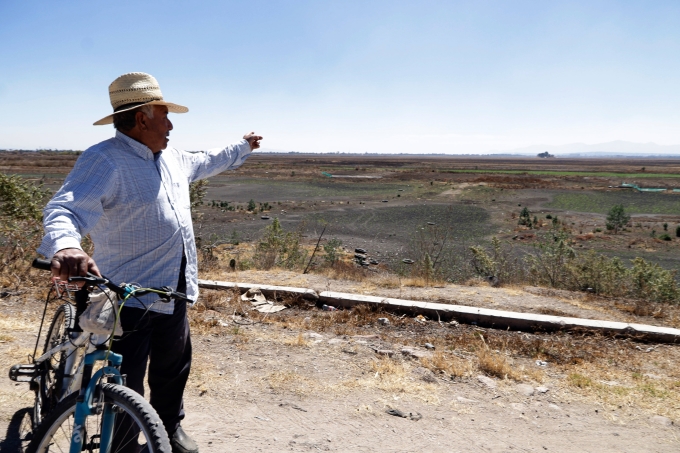
A farmer points towards the Zumpango Lagoon, a drought-stricken area in the Valley of Mexico, February 21. Photo: Reuters
In October 2023, Mexico's national water commission (Conagua) announced that it would reduce the amount of water taken from Cutzamala by 8%, "to ensure the supply of drinking water to the population in case of severe drought".
Just weeks later, officials tightened restrictions, reducing the amount of water taken from the system by nearly 25%, citing the weather. “We will take the necessary measures to ration the water that Cutzamala has, to ensure that we don’t run out,” said Germán Arturo Martínez Santoyo, Conagua’s general manager.
A report this month found that about 60% of Mexico is experiencing moderate to severe drought. Nearly 90% of Mexico City is in severe drought, and the situation is expected to worsen as the rainy season is several months away.
"We're in the middle of the dry season, and temperatures are going to rise and last until April or May," said June Garcia-Becerra, an associate professor of polytechnics at the University of Northern British Columbia.
Weather events have taken a toll on Mexico. Three years of La Nina have left the region in drought, while last year’s El Nino brought short rainy seasons that were not enough to replenish reservoirs.
The long-term trend of human-caused global warming continues, leading to longer dry seasons and more intense heat. “Climate change is making droughts worse because of water shortages,” Sarmiento said. High temperatures are also causing water in the Cutzamala system to evaporate.
Last summer’s severe heat wave, which killed at least 200 people across Mexico, was “almost impossible” without climate change, according to a scientific report. The impact of climate change is compounding the city’s already difficult situation, where its water system has not kept pace with population growth.
The crisis has sparked fierce debate about whether the city will run out of water, as the Cutzamala system falls to levels so low that it can no longer supply the city.
Local media reported in early February that a Congolese official said that without heavy rains, “dry day” could come as early as June 26. However, the government has pledged that this day will not come.
At a press conference on February 14, Mexican President Andrés Manuel López Obrador said the government was working on the water problem. Mexico City Mayor Martí Batres Guadarrama said the information about "dry days" was fake news spread by the opposition.
Conagua declined an interview request and did not answer specific questions about "dry day." However, many experts warn of a crisis that is spiraling out of control.
"Mexico City could run out of water before the rainy season arrives if it continues to use water the way it is now," Sosa-Rodríguez warned.
This does not mean that the water supply will completely collapse, as the city does not rely on just one source. Mexico City will not be like Cape Town, South Africa, which almost ran out of water in 2018 after a severe drought that lasted for years.
“Some groups still have access to water,” she said, “but the majority do not.”
Raúl Rodríguez Márquez, president of the nonprofit Water Advisory Council, said the city would not run out of water this year but warned it would if no action was taken.
"We are in a critical situation and could be in an extreme situation in the next few months," he said.
For nearly a decade, Ms. Sosa-Rodríguez has been warning officials about the risk of running out of water in Mexico City. She has identified solutions such as better wastewater treatment to increase water availability and reduce pollution, and investing in rainwater collection and treatment systems that would reduce residents’ dependence on water networks and water trucks by 30%.
Fixing leaky pipes will make the system more efficient, reducing the amount of water that has to be extracted from aquifers. Nature-based solutions, such as regenerating rivers and wetlands, will provide water retention and filtration, while also achieving greening and cooling benefits for the city.
In a statement on its website, Conagua said it is undertaking a three-year project to install, develop and improve water infrastructure to help the city cope with the decline of the Cutzamala system, including adding new wells and operating water treatment plants.
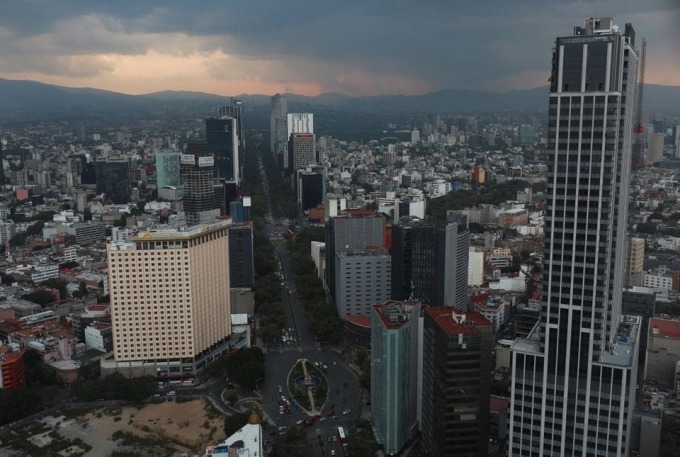
The Mexico City skyline among high-rise buildings along Refoma Avenue on May 24, 2023. Photo: Reuters
But in the meantime, tensions are rising as people in some areas live with water shortages, while those in other, often wealthier, neighborhoods are largely unaffected.
“There is clearly inequality in access to water in the city, and it’s linked to people’s income,” Sosa-Rodríguez said. The day of water shortages may not yet be happening across Mexico City, but some neighborhoods have been facing it for years.
Amanda Martínez, a resident of Tlalpan district, said water shortages were nothing new for residents there. She and her family used to pay more than $100 for a tanker of water from a truck. But the situation was getting worse. Sometimes the neighborhood would go without water for a week or two, and one day it could run out completely.
"I don't think anyone is prepared for that situation," she said.
Hong Hanh (According to CNN )
Source link








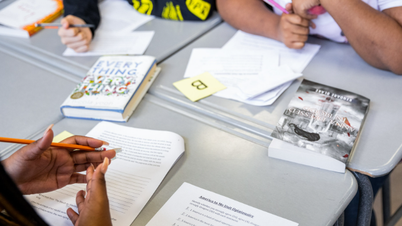

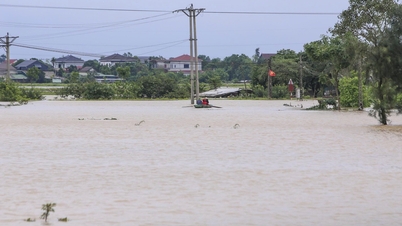

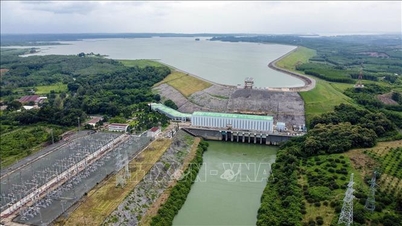



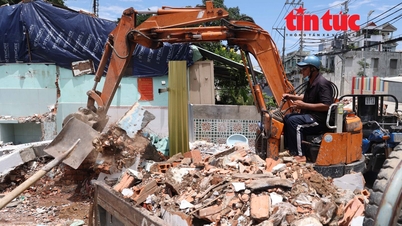




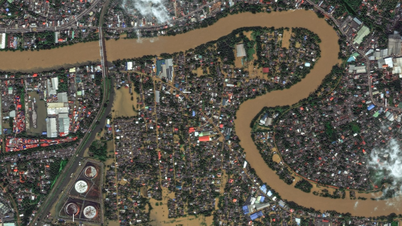
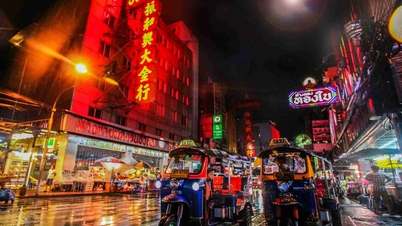













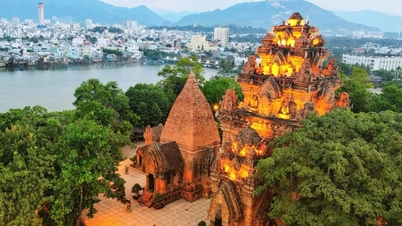







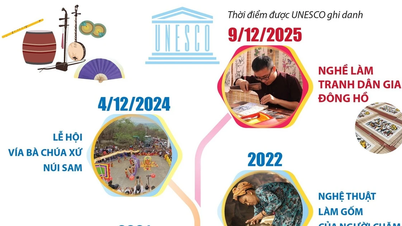

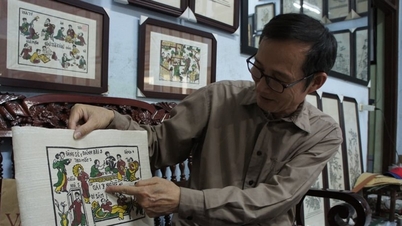


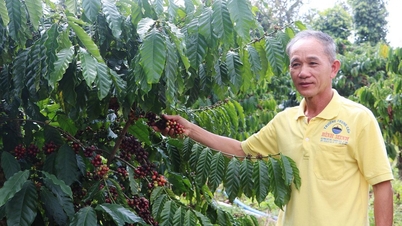




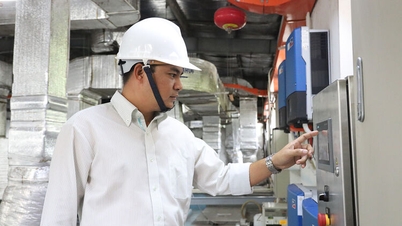






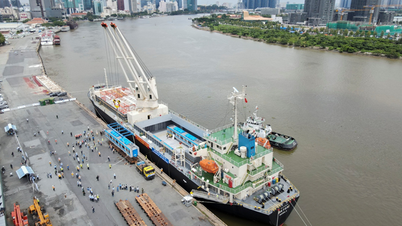











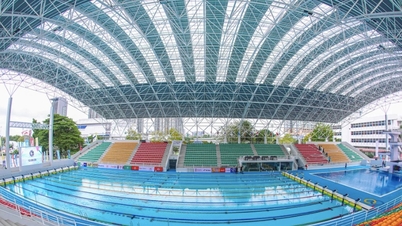



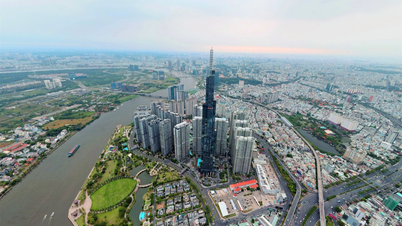
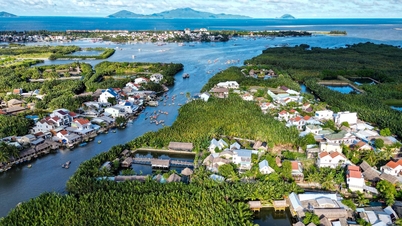

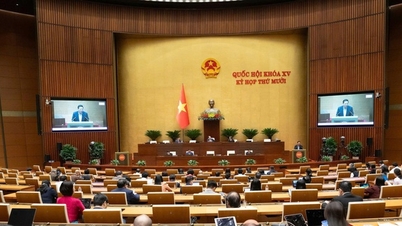














![[Podcast] National Assembly approves personal allowance deduction of VND 15.5 million/month](https://vphoto.vietnam.vn/thumb/402x226/vietnam/resource/IMAGE/2025/12/10/1765340032834_hnm-1cdn-vn-thumbs-540x360-2025-11-04-_hnm-1cdn-vn-thumbs-540x360-2025-06-27-a7b22b8722-_thu.jpeg)












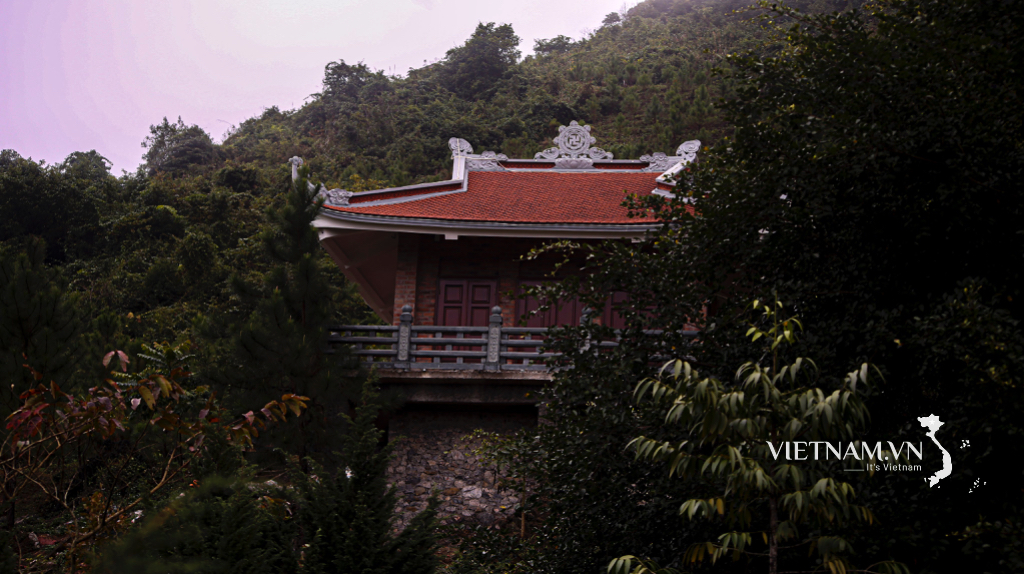






Comment (0)